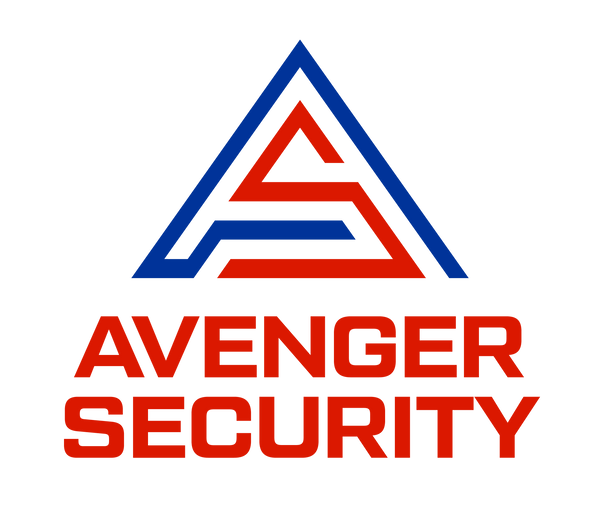
NFPA 72 Chapter 29: Home Smoke & CO Alarm Placement, Interconnection & Testing
NFPA 72 Chapter 29 sets minimum standards for household smoke alarms and carbon monoxide (CO) alarms. Below is a practical summary to help with planning and code conversations. Always verify the current NFPA edition and your local Authority Having Jurisdiction (AHJ).
Where Smoke Alarms Are Required
- Every level of the home, including the basement.
- Inside each bedroom and outside each sleeping area.
CO Alarm Interconnection
Where two or more CO alarms are installed in a dwelling, they should be interconnected so that activation of one causes all to sound.
Smoke/Heat Alarm Interconnection
Where two or more smoke or heat alarms are installed in a dwelling, they should be arranged so that activation of any one alarm sounds all alarms in the unit.
Wiring, Power & Fault Tolerance
- Dedicated branch circuit: For AC smoke alarms, provide a dedicated, appropriately protected circuit.
- Parallel power—not daisy chain removal: Each alarm is a “station”; power should be arranged so removing/servicing one device does not disable the others.
- Interconnect fault tolerance: An open, short, or ground on interconnect wiring must not prevent any individual alarm from operating locally.
- Combination systems: When sharing common wiring with non-fire/CO equipment, faults in the other equipment must not interfere with supervision or with alarm/trouble signals for the fire/CO system.
- Reset control: If a reset switch is provided, it should be of the momentary (self-restoring) type.
- Communication testing: Household fire alarm systems should be programmed by the manufacturer to perform at least a monthly communication/transmission test.
Interconnection Limits (Quantities)
- Unsupervised interconnect: Up to 18 initiating devices total, of which up to 12 may be smoke alarms.
- Supervised interconnect: Up to 64 initiating devices total, of which up to 42 may be smoke alarms.
- A single fault on the interconnecting means should not prevent any single station from operating.
Location & Spacing Guidance
- Cooking appliances: Do not install smoke alarms between 10 ft and 20 ft along the airflow path from a fixed cooking appliance. If possible, place smoke detection just beyond 20 ft to reduce nuisance alarms.
- Bathrooms with shower/tub: Keep smoke alarms at least 36 in away from the bathroom door unless listed for close placement.
- HVAC supply registers: Keep smoke alarms at least 36 in away and outside the direct airflow.
- Ceiling fans: Keep smoke alarms at least 36 in from the tip of fan blades.
- Heat detectors/alarms: Mount on the ceiling at least 4 in from the wall, or on the wall with the top of the device 4–12 in below the ceiling.
Battery-Only vs. Hardwired
Battery-only smoke alarms are generally a last resort. Where practical, use AC-powered alarms with battery backup to improve reliability and interconnection.
Service Life & Maintenance
- 10-year replacement: Smoke alarms should not remain in service longer than 10 years from the date of manufacture, unless the manufacturer explicitly allows otherwise.
- Regular testing: Test alarms monthly; replace batteries as specified; document tests.
Heat Detectors (Recommended Additions)
While Chapter 29 does not require heat alarms/detectors for basic protection, homeowners should consider adding them in areas such as the kitchen, dining room, attic, furnace/utility rooms, basement, and attached garage.
Total Coverage (Optional Recommendation)
Chapter 29 does not require total coverage, but recommends smoke, heat, and CO alarms for total coverage where appropriate—covering rooms, halls, storage areas, basements, attics, lofts, spaces above suspended ceilings, and other accessible spaces.
Common Installation Mistake to Avoid
A frequent violation in custom homes is tying all detectors to a single two-wire loop so that removing one breaks power to the rest. Powering alarms in parallel and following listing/installation instructions prevents this failure mode.
This article is an informational summary. Codes change by edition and locality. Always consult the current NFPA 72 and your AHJ.
Need help with compliant design or integration to a monitored system? Explore our Fire & Life Safety services or request a site visit.
